Tag: 19th-century
-
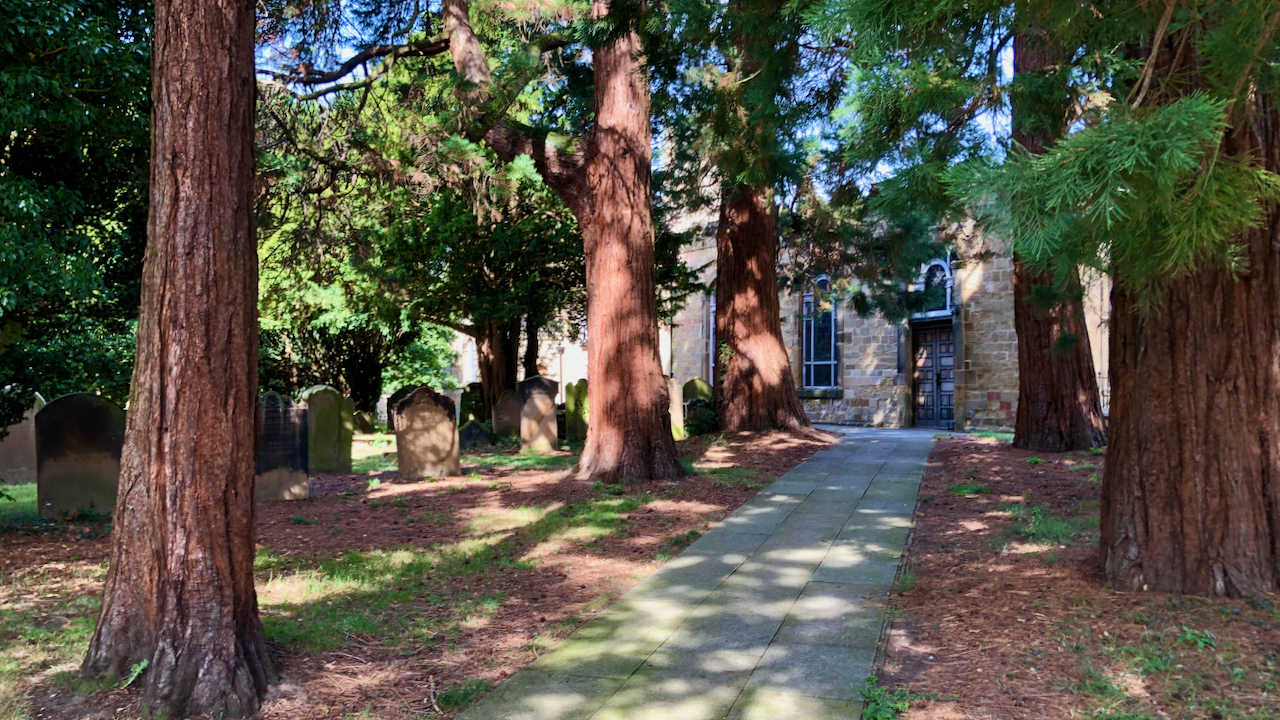
Benjamin Flounders (1768 – 1846)
I originally started this blog as a photo-blog. A photo a day with a bit of a caption, and more often than not that’s the way it goes, I pick my best picture and write something to accompany it. Occasionally however I come across a interesting snippet of history or whatever and then make it…
-
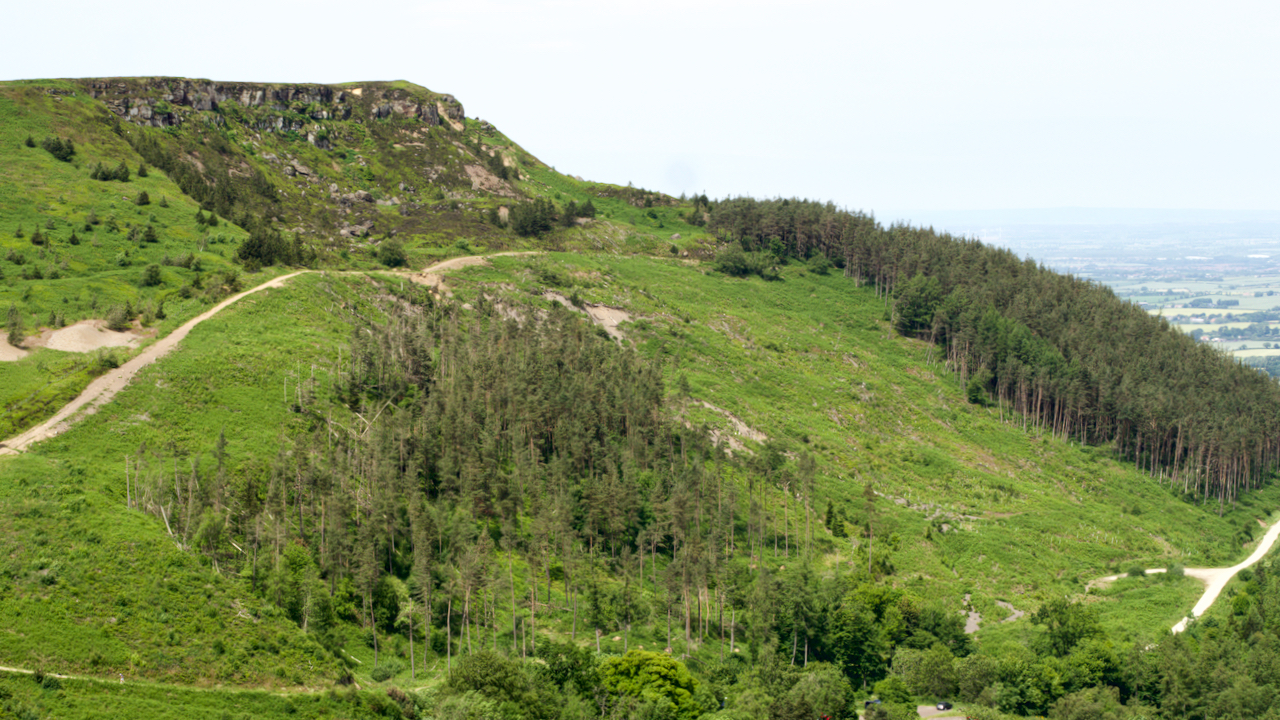
The Great Landslip of 1872
A hill of many names, Cushat Hill, White Hill, Clay Hill. According to the first O.S. Map published in 1857, the prominence is White Hill, the lower part of the road climb is Clay Hill Bank, and the upper part Cushat Hill. Just to be clear, Hasty Bank is the south face. The road of…
-
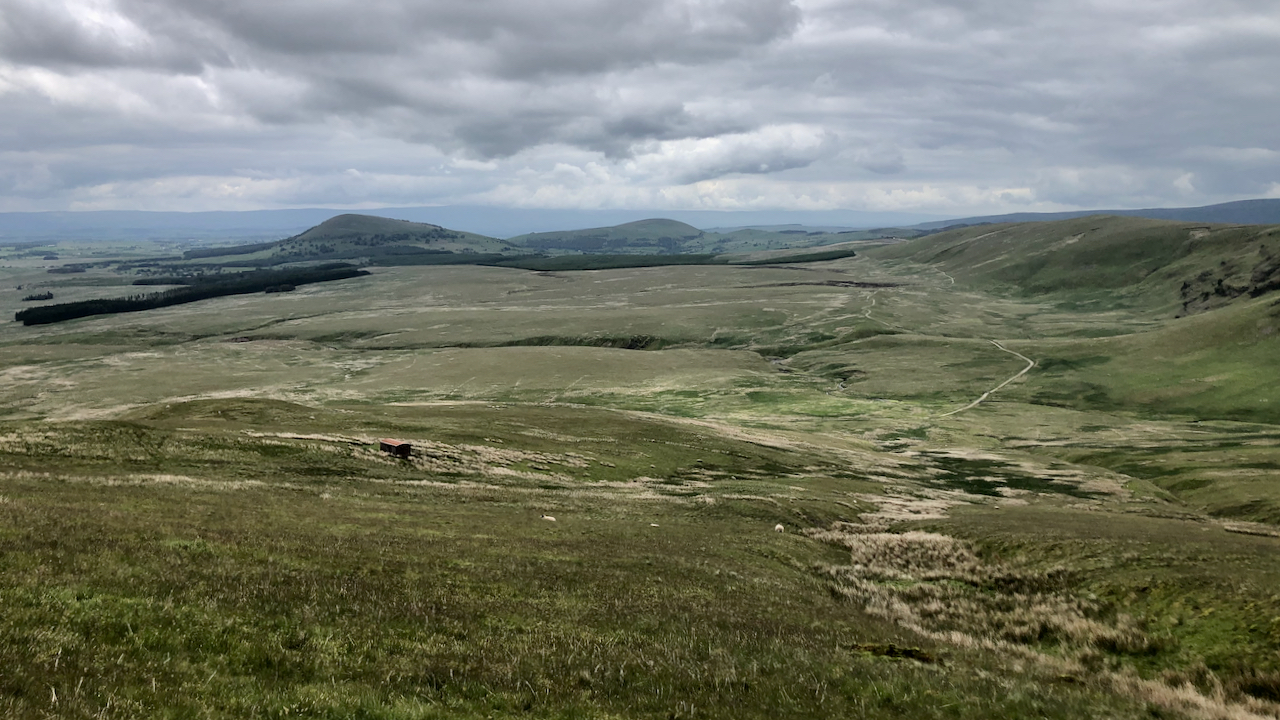
Threlkeld Common
The boggy wilderness of Threlkeld Common, perhaps more well known because of the ‘Old Coach Road’ which traverses it between Dockray and Wanthwaite, keeping to higher, drier ground. I haven’t been able to find much about the road’s history but I surmise it was the old route between Penrith and Keswick before the bridge over…
-
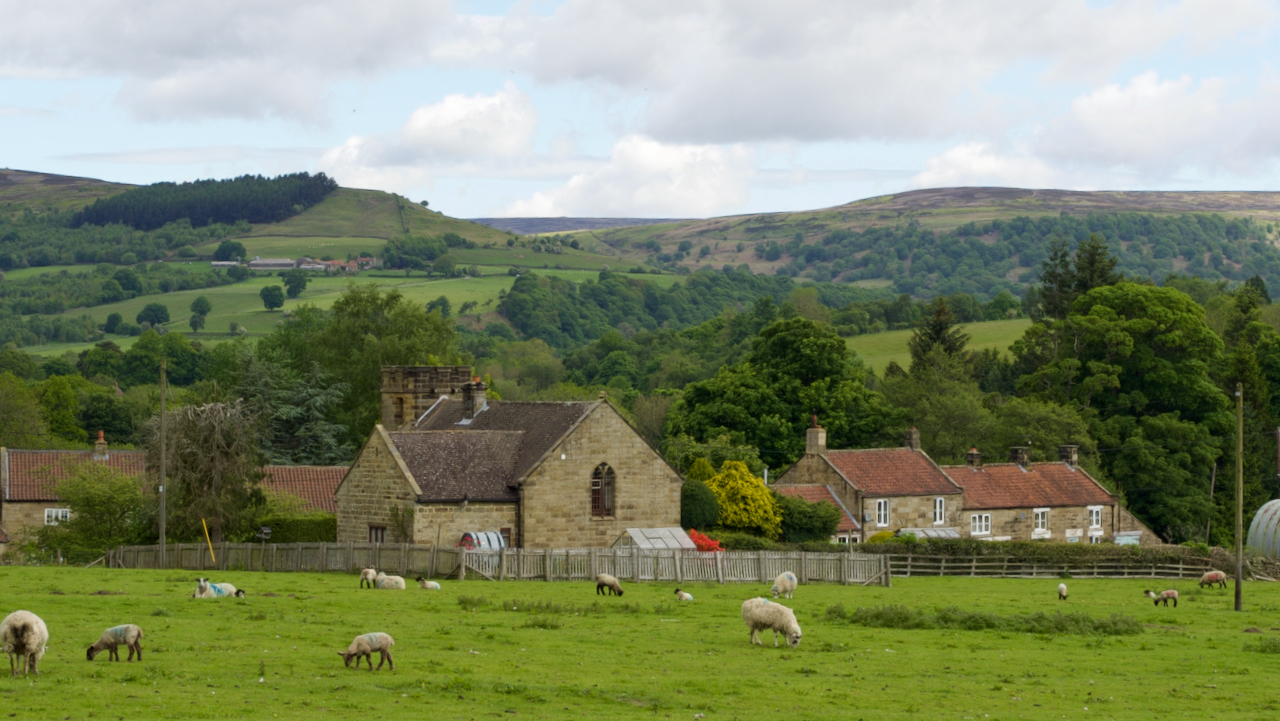
Fangdale Beck
I find it frustrating photographing villages, there are always cars parked along the lanes and many interesting buildings have undergone conversion into residential. Take for example the methodist chapel at Fangdale Beck, half way down Bilsdale. Built in 1927, last used in 1984, and since converted. To me, it is a rather unusual methodist chapel…
-
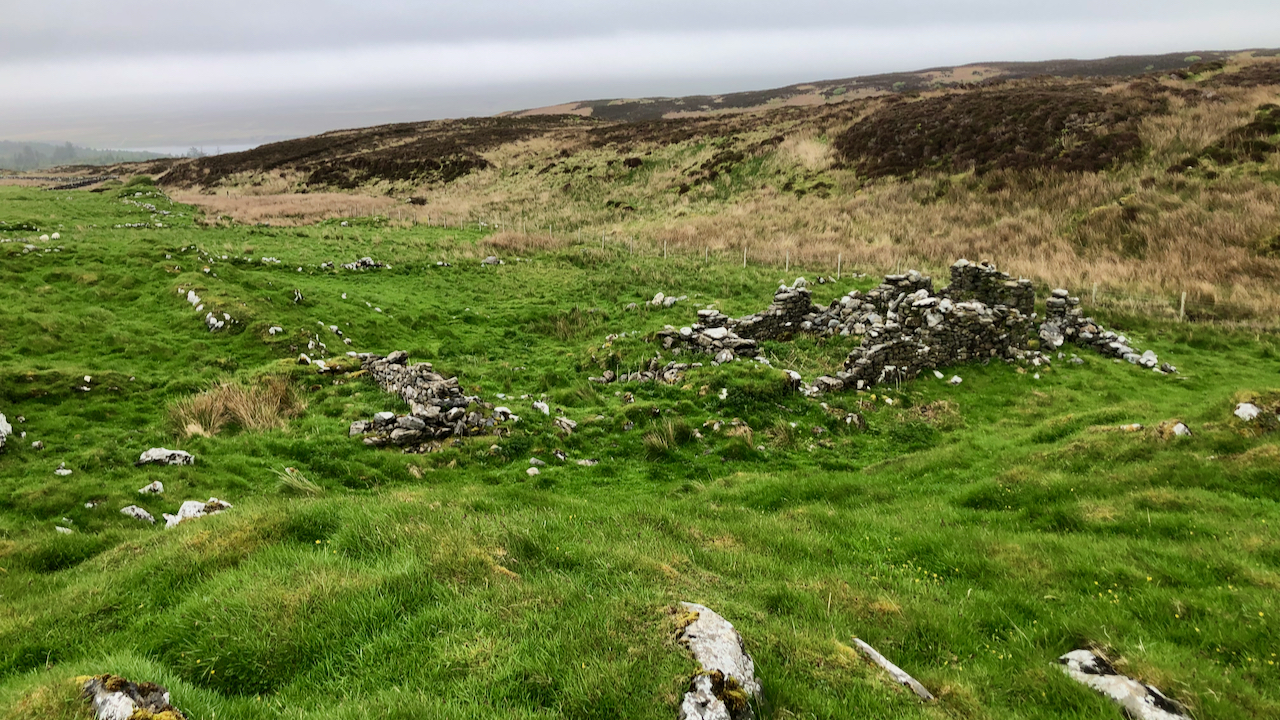
Kilslevan deserted village
The remains of deserted houses and settlements are common throughout the whole of Scotland, Islay is no exception. Kilslevan seems to have once been a township of at least eight longhouses, and several other buildings, enclosures and two corn-drying kilns although these are hard to discern under the grass and moss. There are the ruins…
-
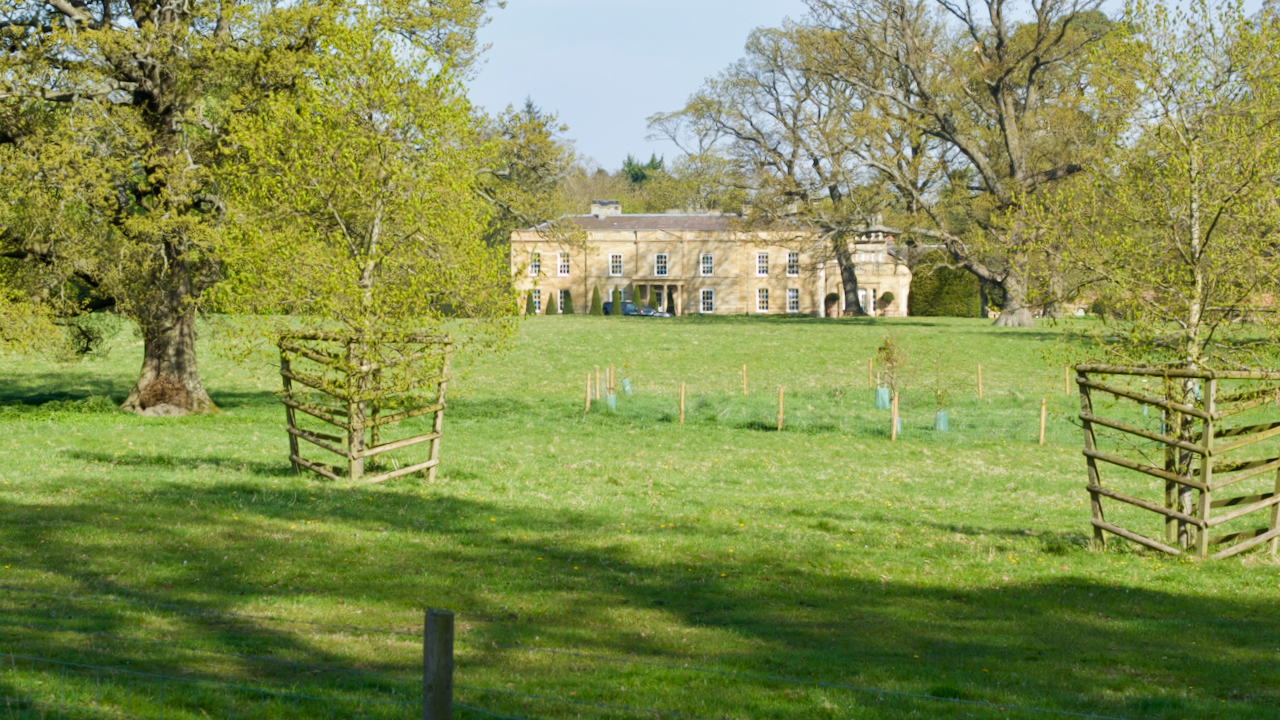
James Emerson of Easby Hall
“Charming and ingeneous” according to the ever euphuistic Pevsner, Easby Hall was built sometime between 1808 and 1823 soon after Robert Campion acquired the Lordship of the Manor. Campion was a Whitby based banker who acquired his money from shipbuilding, sail cloth manufacture and other industries. He also was responsible for the erection of Capt.…
-
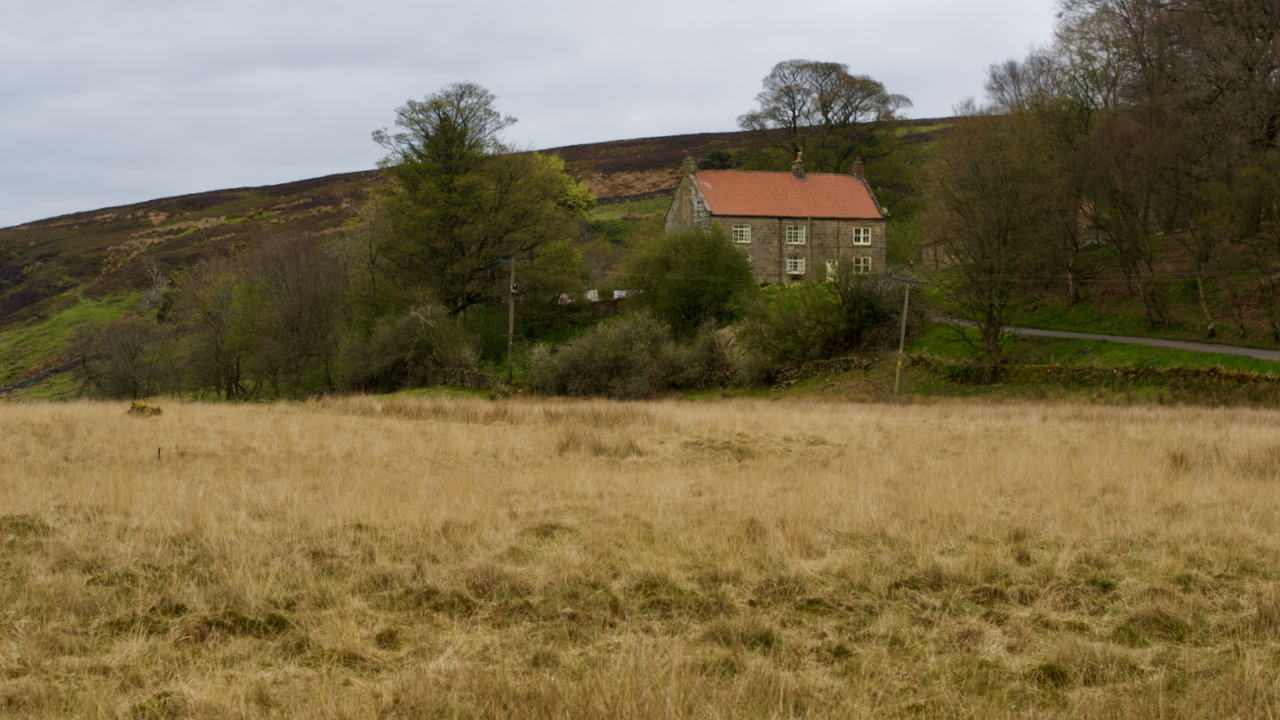
“Murder at Kildale”
West House Farm, at the foot of the climb up Kempswithin on the Westerdale road. Seen here across Peat Carr, the boggy watershed between Kildale and Commondale. The farm was listed as part of Kildale Estate when it was sold by Sir Charles Turner in 1806. Then, it was occupied John Rigg who paid a…
-
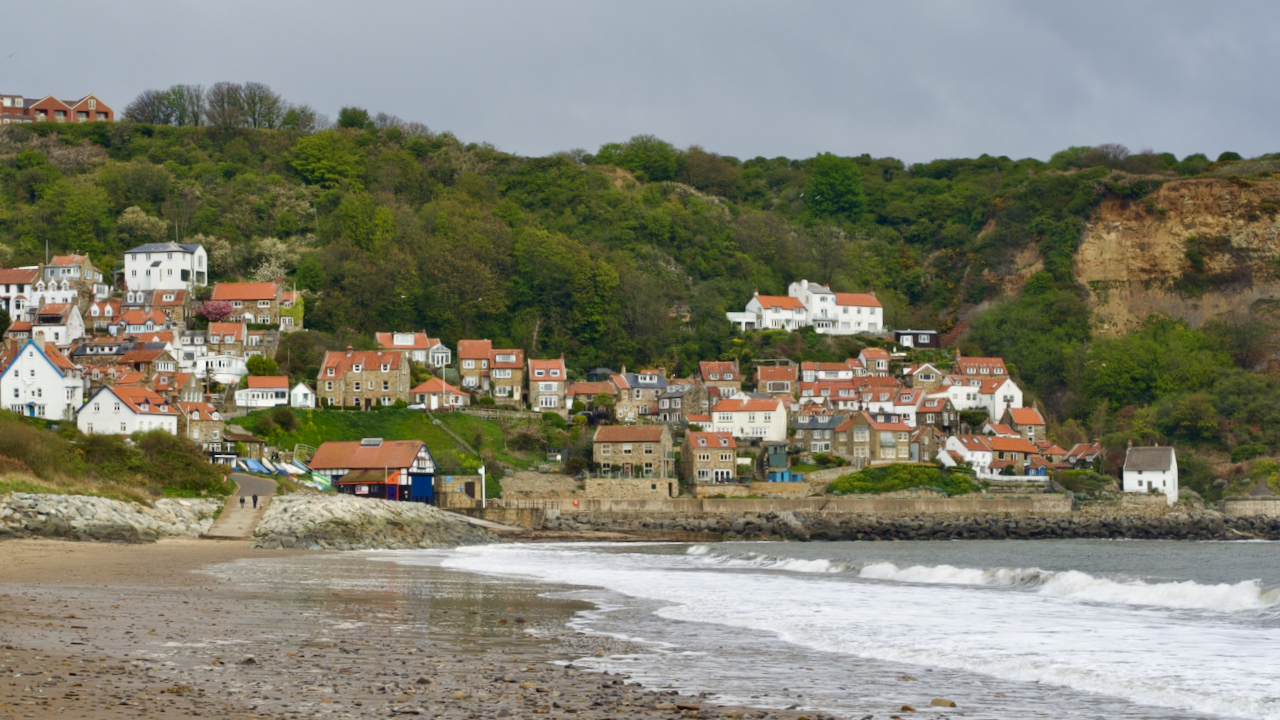
Runswick Bay Rescue Boat
While a number of fishermen were on the look-out during the height of the storm at Runswick Bay on Saturday afternoon, a large laden vessel was seen drifting towards the shore. So enormous were the waves that at times only the tops of the masts were visible. Just outside the broken water a huge wave…
-
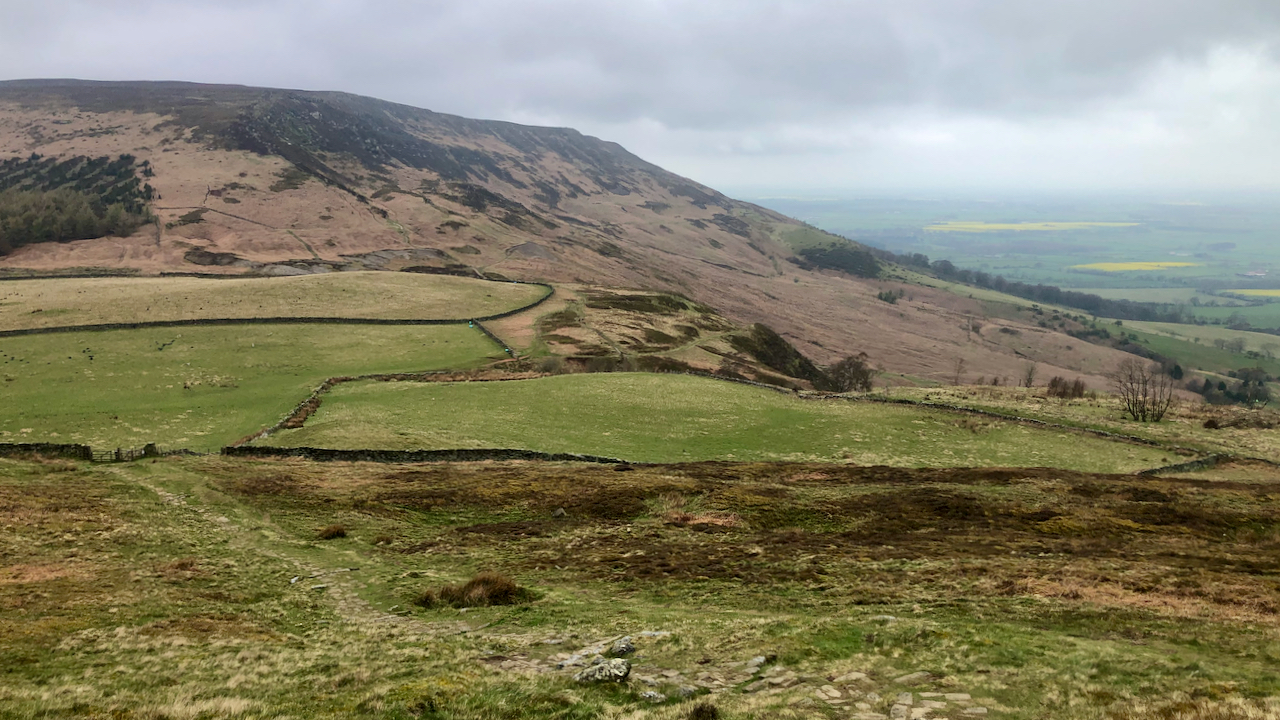
Kirby Bank — a battleground between a David and a Goliath
In 1854 there was a legal dispute over the boundary between Bilsdale and Kirby which has been decribed as a ‘David and Goliath’ legal battle. The plaintiff (he who brought the case) was the rich and influential Lord Feversham, Lord of the Manor of Bilsdale. The defendant was James Emerson who was described in the…
-
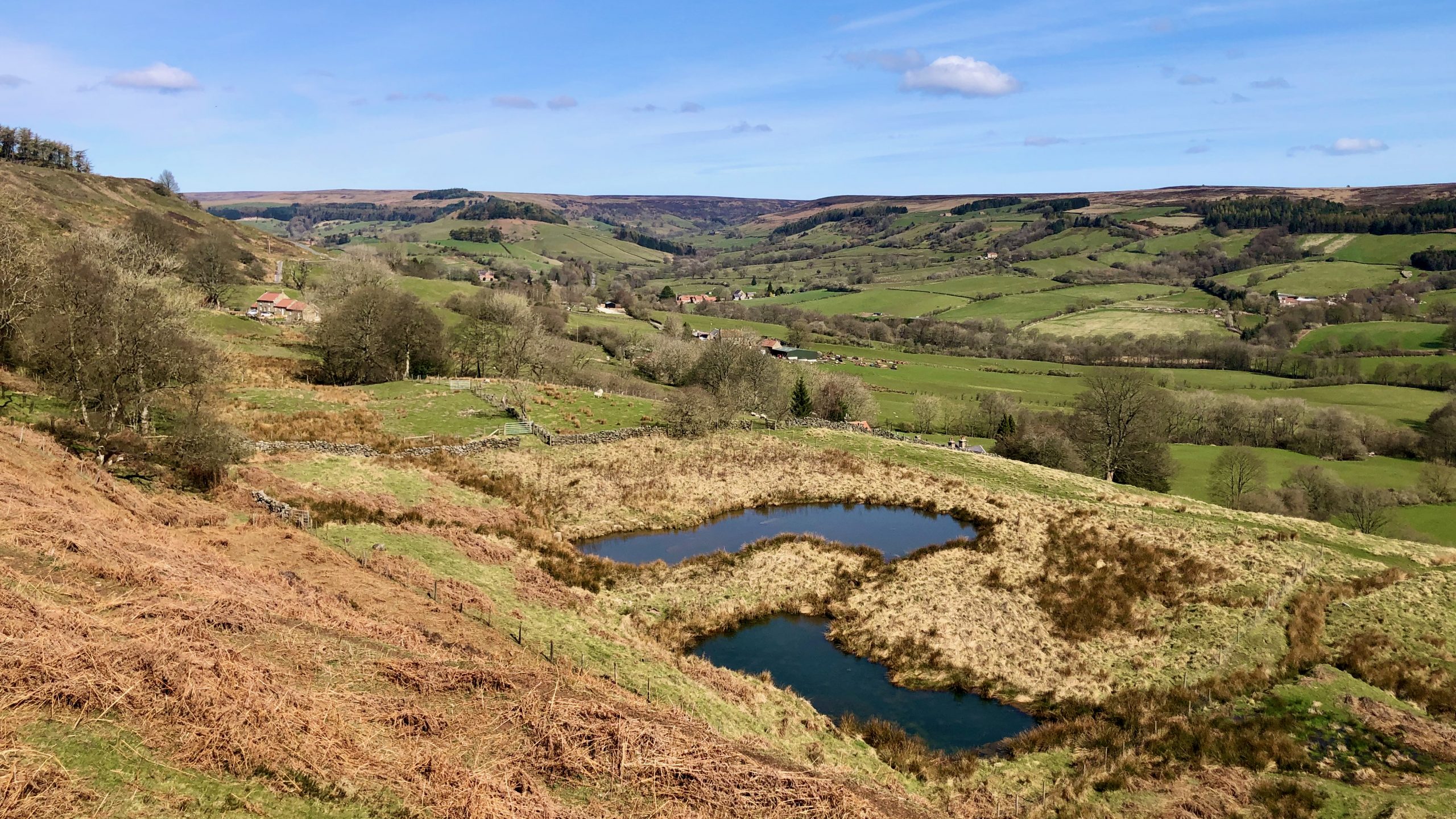
Rosedale & Lastingham Light Railway
In 1896, the Light Railways Act 1896 was enacted which allowed new ‘light railways’ to be expediently built, principally in rural areas. A light railway was “one constructed with lighter rails and structures, running at a slower speed, with poorer accommodation for passengers and less facility for freight”, and working “with less stringent standards of…